Product Features
1. Automatic scanning is adopted for rapid testing.
2. Streamlined shape and ergonomic design.
3. Anti-fall, anti-light design, more in line with the site construction.
Test method:
1. Test twisted pair wire 1, 2, 3, 4, 5, 6, 7, 8, G root by root (right) to determine which wrong wire, short circuit and open circuit.
2. Switch “OFF” means OFF, ON means normal test speed, and “S” means slow test speed.
3. Twisted-pair testing: turn on the power, plug the network cable into the main tester and the remote tester respectively, and the host indicator light flashes one by one from 1 to G, as shown in the following figure:
Main tester: 1-2-3-4-5-6-7-8-g
Remote tester: 1-2-3-4-5-6-7-8-g (RJ45)
The 1-2-3-4 — — — — — — — — — – (RJ11)
If the connection is not normal, display as follows:
A. When there is a network cable, such as the no. 3 circuit, the main tester and the no. 3 lamp at the remote test end will not light up.
B. When several lines are disconnected, several lines will not light up. When fewer than two lines are connected, the light will not light up.
C. When the two ends of the network lines are out of order, as shown in example 2 and 4, they are shown as follows:
Main tester unchanged: 1-2-3-4-5-6-7-8-g
The remote test end is: 1-4-3-2-5-6-7-8-g
D. When there are 2 short circuits in the network cable, the main tester will not light up, while the remote test end shows that both of the short circuits will be slightly bright. If there are more than 3 (including 3), all the lights of the several lines in the short circuit will not light up.
4. If measuring distribution frame and wall block module, two matching jumpers (such as 110P4-RJ45) shall be led to the tester.
5. Coaxial cable test: if the cable is good, the BNC lights on both ends flash green at the same time.
- Test cable: RJ45 RJ11
- Power supply: DC 9V laminated battery
- Power consumption: 25 ma
- Size: 105 * 105 * 26 mm
- Weight: 200 g
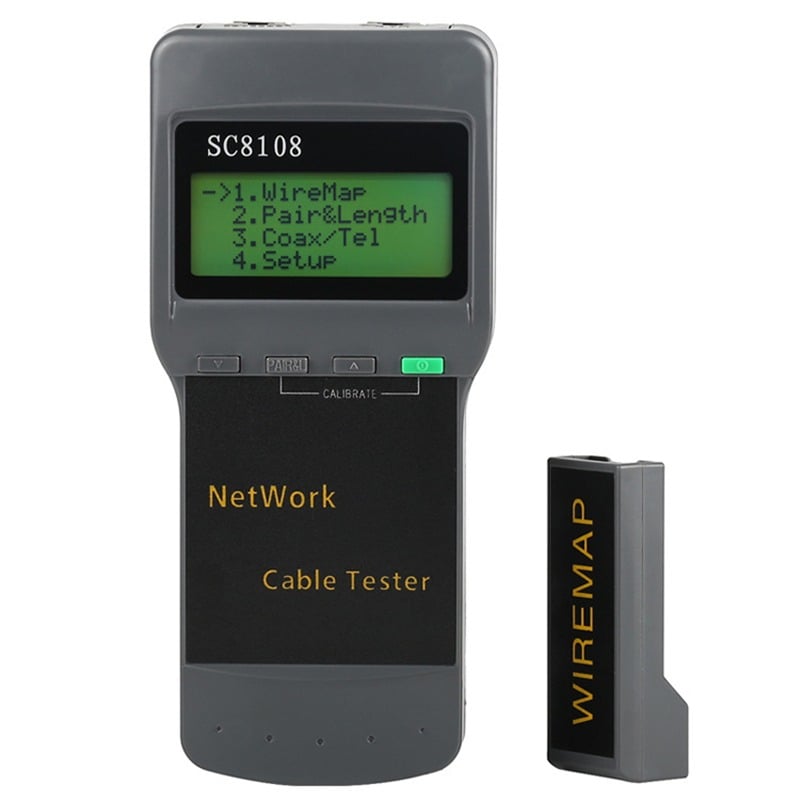

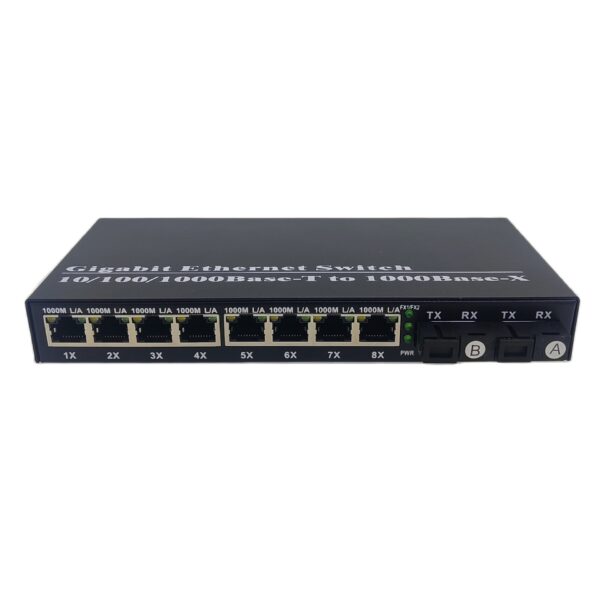
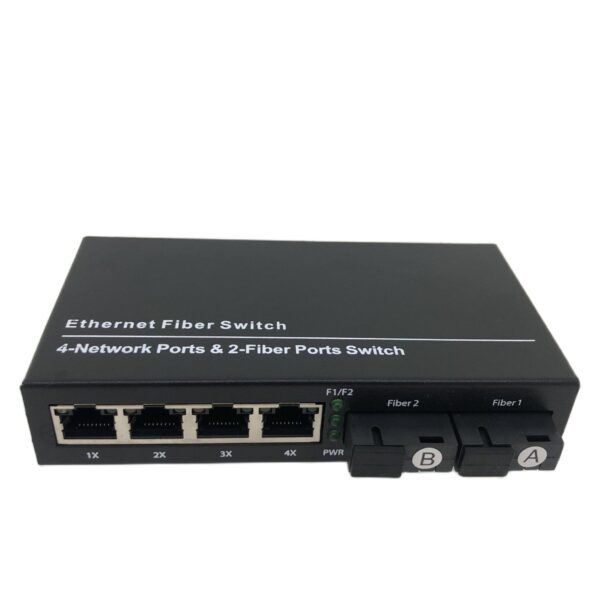
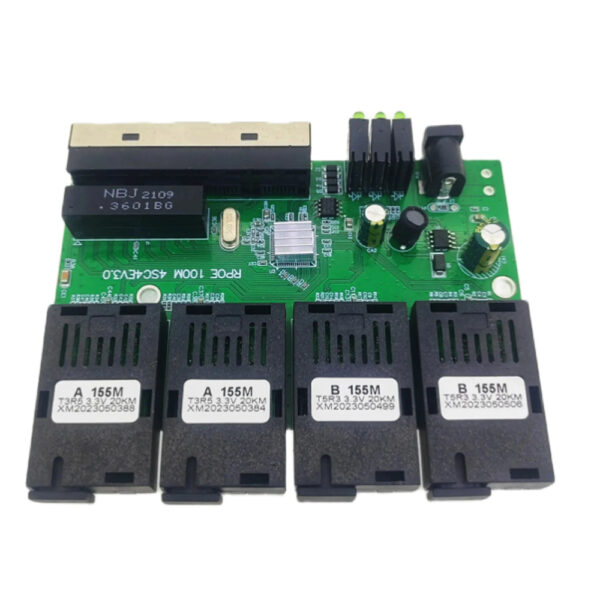

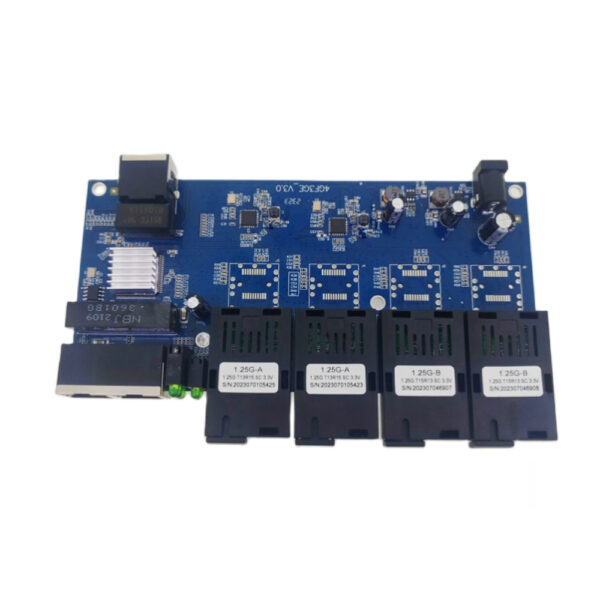
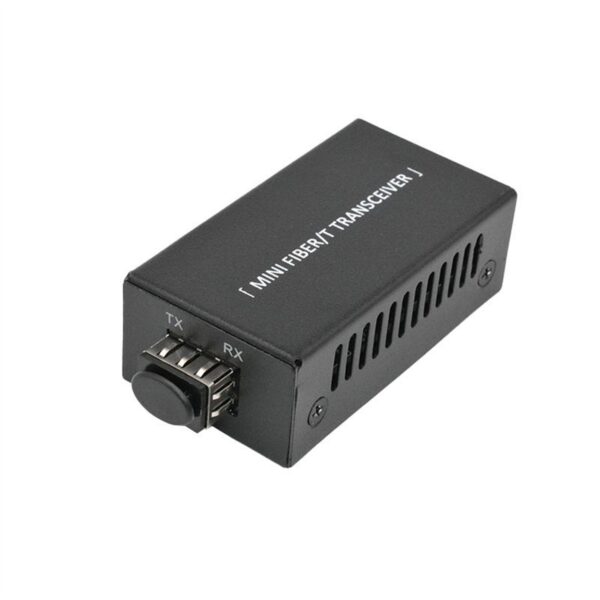
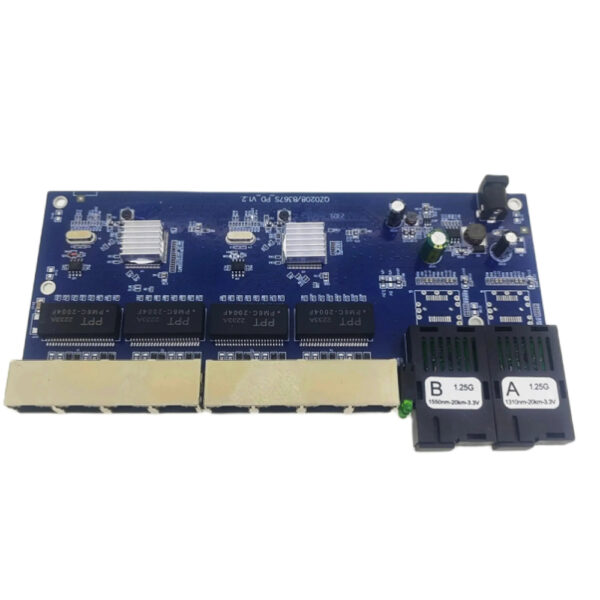
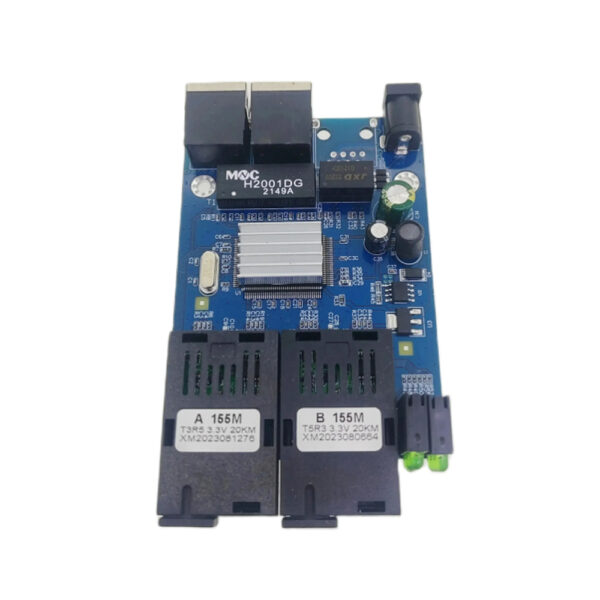
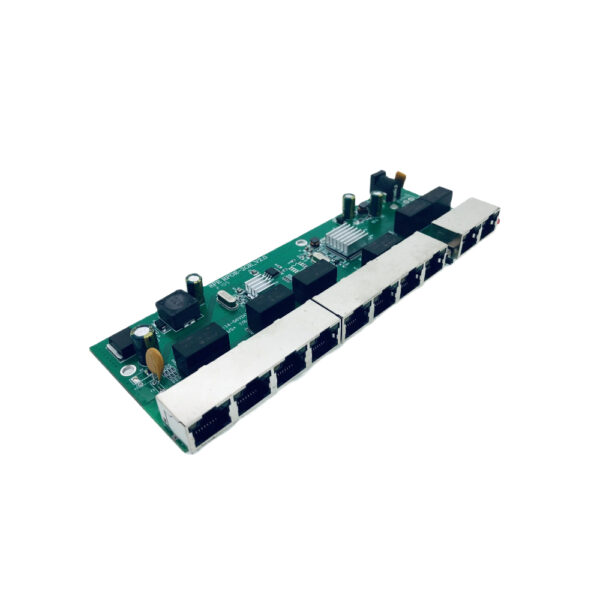
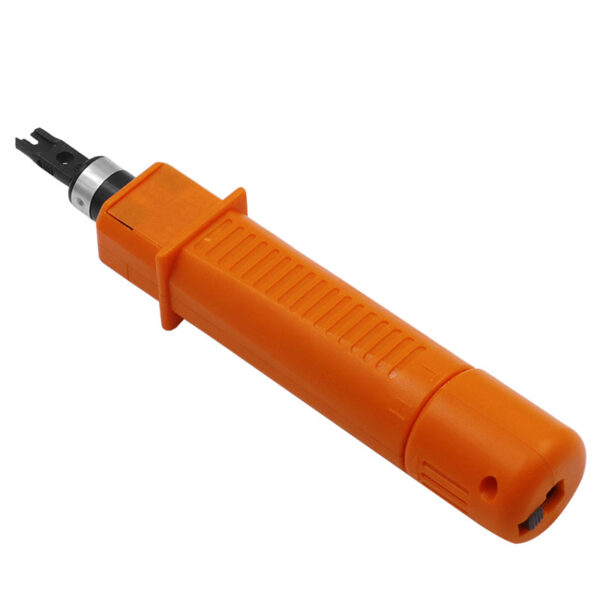
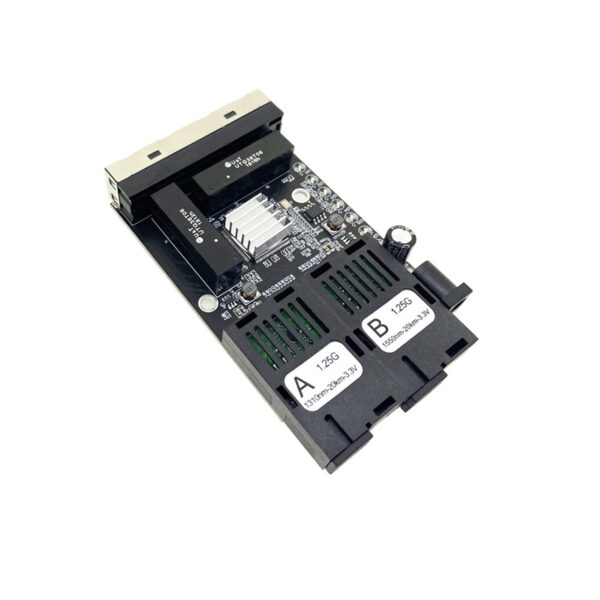
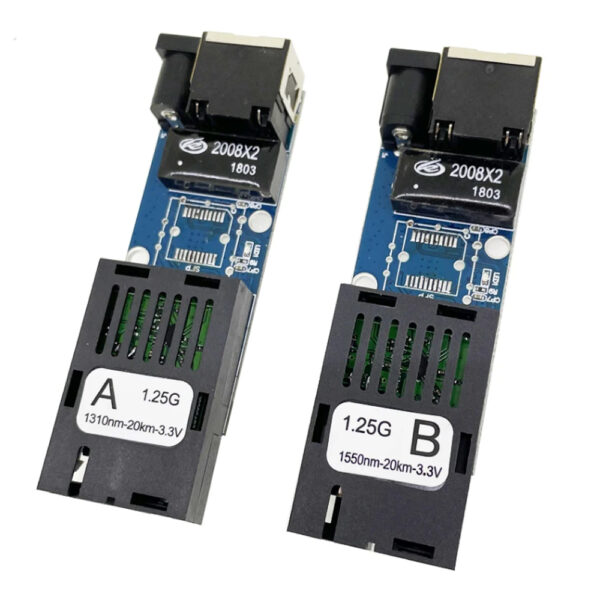
Fernand Aveline –
perfect